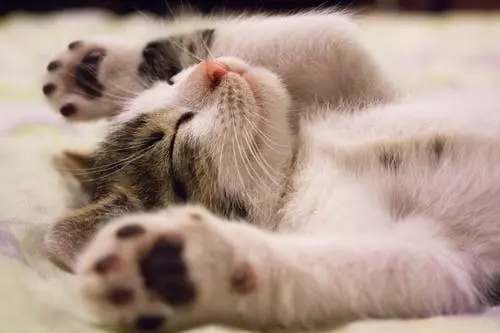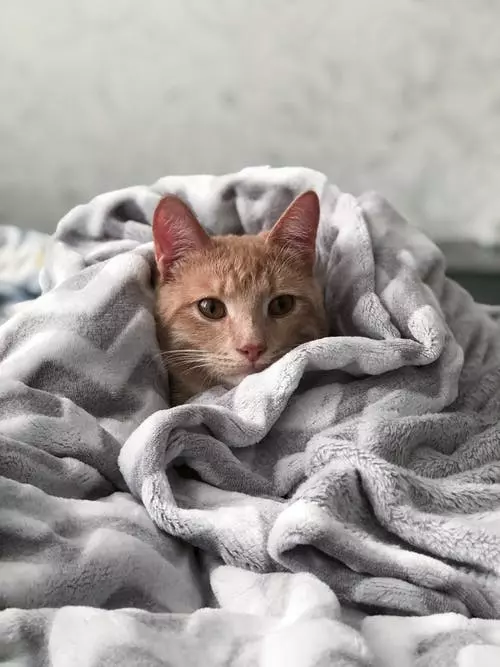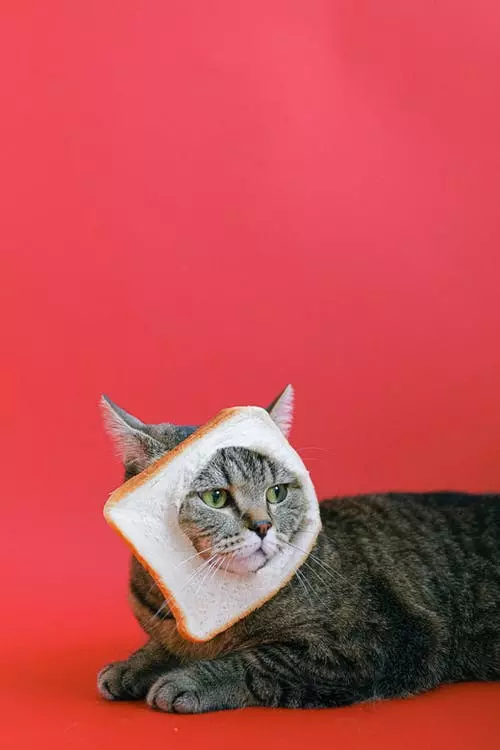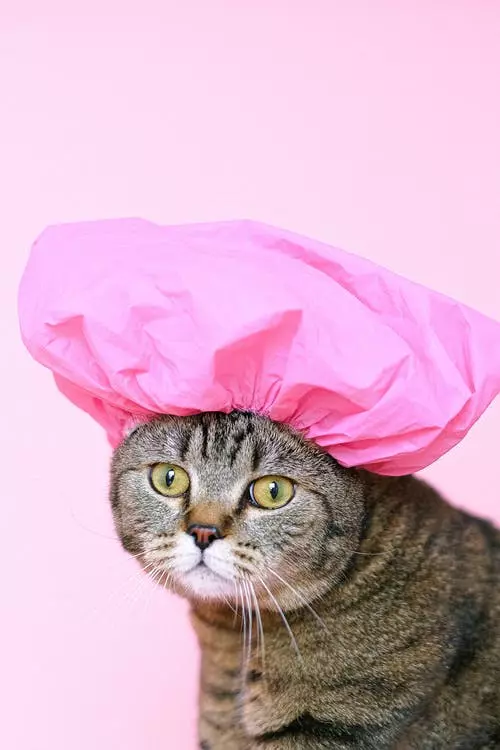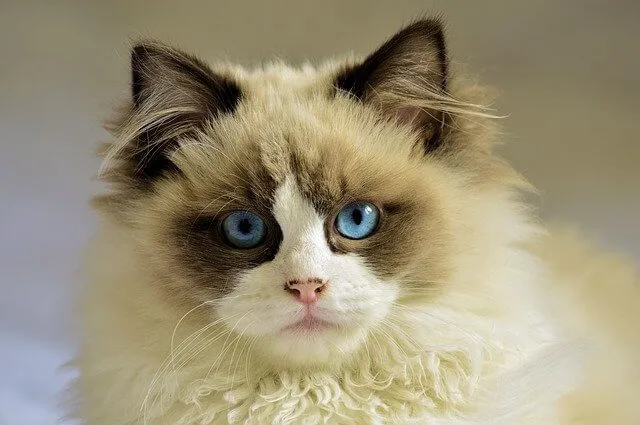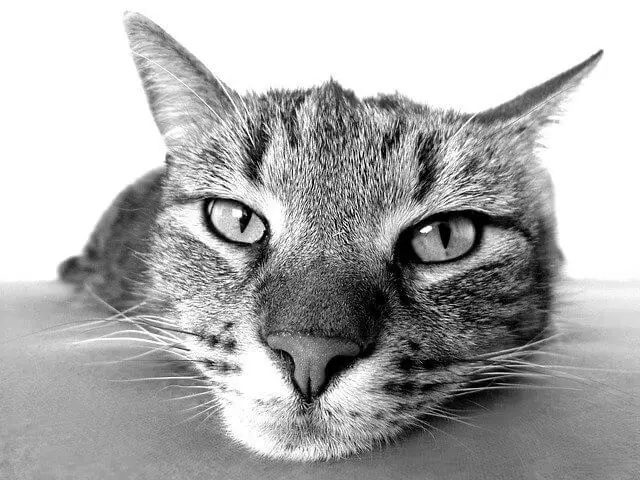Understanding Excessive Grooming of Feathers or Fur from Toys: A Comprehensive Guide
Introduction:
– The Fascinating World of Cats and Their Behavior
Cats have long captivated our hearts with their mysterious and independent nature. Their behavior, including grooming, is a fascinating aspect of their lives that deserves attention and understanding.
– The Significance of Grooming in a Cat’s Life
Grooming plays a vital role in a cat’s life, serving various purposes such as maintaining a clean and healthy coat, regulating body temperature, and establishing social bonds. However, excessive grooming can be a cause for concern and requires careful observation and intervention.
Section 1: The Basics of Cat Grooming
– The Instinctual Nature of Grooming in Cats
Grooming is an instinctive behavior in cats that has been passed down through generations. It is ingrained in their DNA and serves as a way for them to maintain their physical and emotional well-being.
– The Purpose and Benefits of Regular Grooming
Regular grooming helps cats remove dirt, debris, and loose fur from their coats. It also stimulates blood flow, distributes natural oils, and promotes a healthy skin and coat. Additionally, grooming provides cats with a soothing and comforting experience.
– Typical Grooming Habits: What’s Normal?
Understanding a cat’s typical grooming habits is essential in identifying abnormal behaviors. Cats typically spend a significant amount of time grooming themselves, focusing on specific areas such as their head, neck, and paws. Paying attention to changes in these habits can help detect excessive grooming.
Section 2: Unraveling Excessive Grooming Behavior
– Defining Excessive Grooming: When Is it a Problem?
Excessive grooming refers to a behavior where a cat excessively licks, bites, or chews on its fur or feathers from toys. It becomes a problem when it leads to hair loss, bald patches, or skin lesions, or when it affects the cat’s overall well-being.
– Understanding the Possible Causes of Excessive Grooming
Excessive grooming can have various underlying causes, including anxiety, stress, boredom, allergies or skin irritations, medical conditions, and even obsessive-compulsive disorder (OCD). Identifying the root cause is crucial in addressing the behavior effectively.
– The Role of Feathers or Fur from Toys in Excessive Grooming
Feathers or fur from toys can act as triggers for excessive grooming behavior in some cats. The texture and sensation they provide may be highly stimulating, leading to an obsessive need to groom.
Section 3: Recognizing the Signs of Excessive Grooming
– Visible Physical Indicators: Hair Loss, Bald Patches, or Skin Lesions
Excessive grooming often results in visible physical indicators such as patches of missing fur, bald spots, or skin lesions. These signs should not be ignored and should prompt further investigation.
– Behavioral Clues: Restlessness, Irritability, or Aggression
Changes in behavior, including restlessness, irritability, or aggression, can also indicate excessive grooming. Cats may become agitated or display signs of discomfort due to their excessive grooming habits.
– Monitoring Changes in Grooming Patterns
Keeping track of your cat’s grooming patterns is crucial in detecting excessive grooming. Any sudden increase or decrease in grooming activity should be noted and evaluated.
Section 4: Prevention and Management Techniques
– Creating a Stimulating Environment: Toys, Play, and Social Interaction
Providing a stimulating environment for your cat can help redirect excessive grooming behavior. Interactive toys, regular playtime, and social interaction can help distract and engage your cat’s attention.
– Identifying and Eliminating Stressors
Identifying and eliminating potential stressors in your cat’s environment is essential. This may involve reducing noise, creating safe spaces, or introducing calming techniques such as pheromone diffusers or herbal remedies.
– Regular Veterinary Check-ups and Treatments
Regular veterinary check-ups are crucial in ruling out any underlying medical conditions that may contribute to excessive grooming. Your veterinarian can provide appropriate treatments or recommendations based on their assessment.
– The Importance of a Healthy Diet and Nutrition
A balanced diet and proper nutrition play a significant role in maintaining a cat’s overall health, including their skin and coat. Ensuring your cat receives high-quality food with essential nutrients can help prevent skin irritations and allergies.
FAQs about Excessive Grooming of Feathers or Fur from Toys:
Q1: Can excessive grooming cause harm to my cat?
Excessive grooming can lead to skin irritations, infections, and hair loss, which can cause discomfort and distress to your cat. It is important to address the behavior to prevent further harm.
Q2: How can I differentiate between normal grooming and excessive grooming?
Normal grooming is a regular part of a cat’s routine and is typically not excessive or obsessive. Excessive grooming involves constant licking, biting, or chewing that leads to visible physical damage.
Q3: Should I be concerned if my cat consumes feathers or fur from toys during grooming?
If your cat consumes feathers or fur from toys, it can potentially lead to digestive issues or blockages. It is advisable to monitor your cat’s behavior and seek veterinary advice if you have concerns.
Q4: Are there any specific toys that can help redirect excessive grooming behavior?
Interactive toys that provide mental and physical stimulation, such as puzzle toys or treat-dispensing toys, can help redirect your cat’s attention away from excessive grooming.
Q5: Can excessive grooming be a sign of a serious underlying medical condition?
Yes, excessive grooming can sometimes be a symptom of an underlying medical condition, such as allergies, skin infections, or hormonal imbalances. A veterinarian should evaluate your cat to rule out any medical issues.
Q6: Is it possible to manage excessive grooming without professional help?
In mild cases, simple interventions such as providing a stimulating environment or changing toys may help manage excessive grooming. However, in severe cases, professional help from a veterinarian or animal behaviorist may be necessary.
Q7: How can I alleviate my cat’s anxiety or stress-related excessive grooming?
Identifying and eliminating stressors, providing a calm and secure environment, and using techniques such as pheromone diffusers or herbal remedies may help alleviate your cat’s anxiety or stress-related excessive grooming.
Conclusion:
Understanding and addressing excessive grooming in cats is crucial for their overall well-being. By recognizing the signs, identifying possible causes, and implementing prevention and management techniques, you can help your feline companion lead a happy and healthy life. In severe cases, seeking professional guidance from a veterinarian or animal behaviorist is advised to ensure the best care for your cat. Providing love, care, and a safe environment are essential elements in maintaining your cat’s physical and emotional health.


